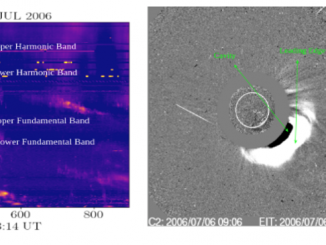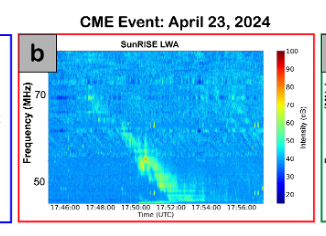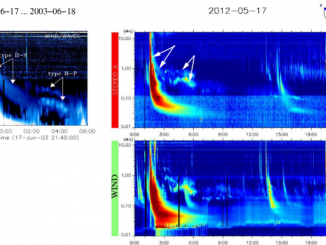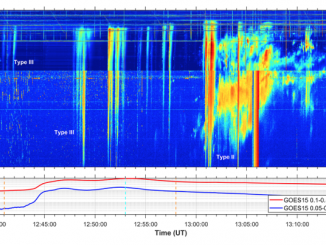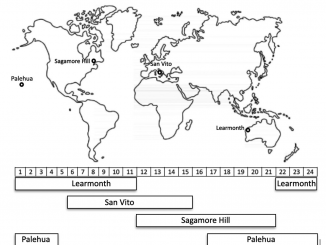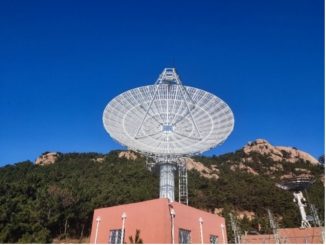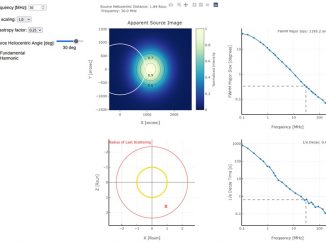On the limitations of using metric radio bursts as diagnostic tools for interplanetary coronal mass ejections by J. Kandekar et al.
Our Sun is constantly active, and much of its activity, like Solar Flares and Coronal Mass Ejections, is driven by its Magnetic Fields. However, one cannot directly estimate this magnetic field; one needs to employ various observational and radio techniques to estimate these magnetic fields (White 2004; Gopalswamy 2006). While radio-based techniques have been used to explore coronal magnetic fields in localised regions (e.g., using band-splitting in type II bursts; […]

